Understanding how feelings affect movement
The way we move is directly affected by our feelings. Our physical stature each day expresses how we feel in the moment as well as how we feel in general. Someone who is feeling confident will have a more outward, open body position and be more physically active. Someone who is feeling sad will be inward looking, resist eye contact and be happier by hardly moving at all, moving only in small slow efforts. It is all subjective of course, but there are tendencies to certain types of movement.
How can we define this movement from a movement analysis perspective?
We can look at Labans’ Movement Analysis techniques to see how each type of emotion can be defined. I will qualify this here in saying, I have not formally studied Labans theories. I may be wrong in some of the expressions and definitions and this is just my understanding through my experiences as a dancer/teacher/choreographer.
To look at emotion, an approach would be to define characteristic movements dynamic qualities — Time (fast, slow), Space (direct, indirect) and Energy (Strong, light) with Flow (controlled, uncontrolled) as well as its shape or posture qualities — Rising, Sinking, Spreading, Enclosing, Advancing, and Retreating.
So taking a feeling like confident that I just previously explained:
My definition:
Confident - Slow, Direct and Light combined with Rising, Spreading and Advancing movement.
This is totally subjective, as I can see how someone may want to portray confident with Strong energy. My opinion is that would then be the feeling of powerful but that is open for discussion.
To note is that by changing one component one accesses a different feeling. Also that it is a generalisation of the type of movement a feeling produces, not the complete picture. ie. more slow than fast…
What else is there to define here?
One could define emotions on positive/negative polarities. They can have the same action dynamics but different shape/posture qualities. Positive emotions will want to rise spread and advance while negative emotions will want to sink enclose and retreat. This is obviously another generalisation rather than a rule. Someone who is fearful may fulfil the negative side, but for instance resignation or shock would want to spread rather than enclose.
I have been and will be working on this idea with my students over the next months as it’s an interesting way to address the feeling side of dance (see previous posts on dance being a cross between form and movement). There is much to explore here and I haven’t as yet found any literature that goes into this kind of use of movement analysis in detail.
Another aim is to work on is not only how emotions can be defined, but then how to apply them then to dance. Of course a feeling is quite a strong point to work from. If I feel here happy, then I will naturally want to move faster… etc. Yet, say I have a certain choreography, how can I transpose happy onto the form? Or does the form need to be based in the emotion? What exercises are there to develop this skill both from an education, research and choreographic perspective?
Plenty to think about!
